
University of Granada researchers compared different methods and their effectiveness in classifying ink found in historical documents.
Aaron Acevedo is an assistant editor for LCGC and Spectroscopy at MJH Life Sciences.

University of Granada researchers compared different methods and their effectiveness in classifying ink found in historical documents.

Near-infrared spectroscopy was recently used to estimate sweetness and total soluble solids content in cherry tomatoes.

A new approach to analyzing bituminous coals was created using Fourier transform infrared spectroscopy.

Hyperspectral imaging was recently used to characterize chicken breast affected by myopathies, which can affect their texture and quality.

HORIBA has released three new products including tools for Raman screening, advanced molecular fingerprinting, and atomic fingerprinting. Two of these new tools will be highlighted during Pittcon.

With Pittcon 2025 officially beginning, here are some notable upcoming workshops based around the advancement of spectroscopy.

Presentations held during the first half of SPIE Photonics West 2025 highlighted the latest technological advancements in spectroscopy and how they can improve quality of life for people around the world.

Spectroscopy recently asked three analytical scientists in the industry and in academia to share how mentorship has impacted their careers.

During EAS 2024, we interviewed Igor Lednev of the University of Albany about his storied career and his expectations for 2025.
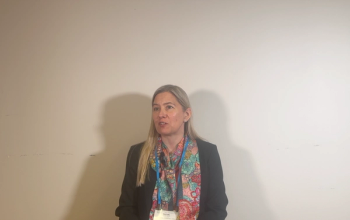
As part of our EAS 2024 coverage, we recently interviewed Rachel Martin of the University of California, Irvine about her work and her being awarded the EAS Award for Outstanding Achievements in Magnetic Resonance.

As part of our SciX 2024 conference coverage, we recently asked Anita Mahadevan-Jansen of Vanderbilt University about how mentorship has impacted her career and how new scientists can find a mentor.

As part of our SciX 2024 conference coverage, we recently asked Ellen Miseo of Miseo Consulting about how mentorship has impacted her career and how new scientists can find a mentor.

Posters at the 2024 conference will feature research on a variety of topics from distillate product analysis to determining organic chloride in crude oil.

In this preview interview for SciX 2024, we talk with Conor Evans of Harvard Medical School about his research with sparse spectral sampling stimulated Raman scattering (S4RS) and his excitement for the upcoming conference.

In this preview interview for SciX 2024, Jason Dwyer of the University of Rhode Island discusses his experience with SERS and his feelings on winning the American Electrophoresis Society's Mid-Career Award.
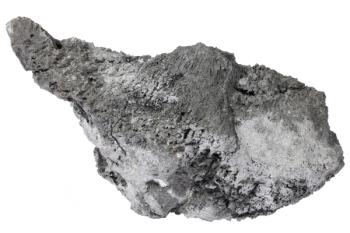
Hokkaido University scientists are investigating a more sustainable approach for detecting arsenic in minerals.
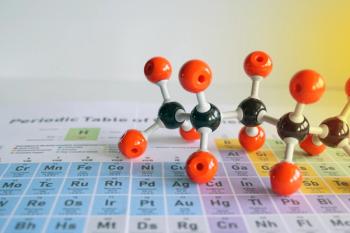
Scientists from the Czech Republic recently created new practices to study different Tröger’s base isomers.

Korean scientists recently tested a new light detection and ranging (LiDAR)-based system for improving autonomous recognition systems.

German and Canadian scientists recently created a new system for characterizing gaseous species distribution during combustion.
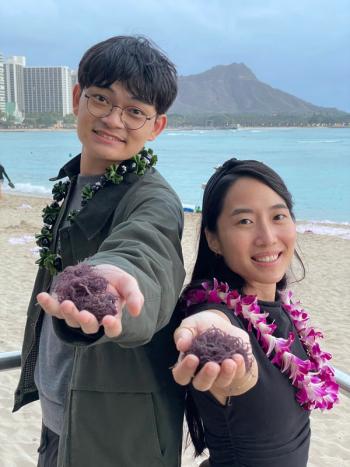
We recently interviewed Kacie Ho of the University of Hawaii about her study on metals in seaweed, and how they can be monitored and regulated now and in the future.

Henan University scientists recently developed a new deep learning-based prediction model for classifying nonclassical secreted proteins.

Scientists from Tamil Nadu, India recently developed a new fluorescence-based chemosensor for selectively detecting trivalent chromium (Cr3+) ions.

Howard University scientists recently analyzed tryptophan (Trp) networks and conditions under ultraviolet superradiance.
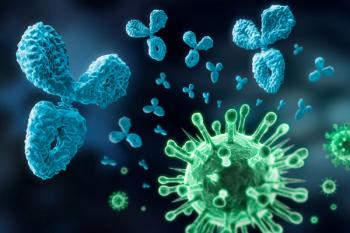
Scientists from the University of Utretcht in The Netherlands recently created a new autoantibody analysis system based around antigen-binding fragments.

Scientists from Brazil recently developed and validated a new high-performance liquid chromatography–ultraviolet method (HPLC–UV) for treating fungal nail infections.

Scientists from Zhejiang Sci-Tech University studied how hypochlorous acid (HOCl), an enzyme that can be found in lysosomes, can be found using fluorescent probes.

Jiangsu University scientists developed Raman-based system for detecting aflatoxin B1 (AFB1), a byproduct of the most common fungus that can arise in moldy peanuts.
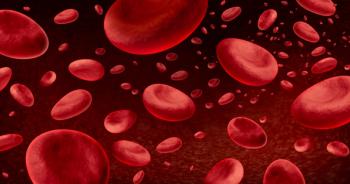
Chinese scientists recently tested the potential of serum surface-enhanced Raman spectroscopy (SERS) for early differential diagnosis of pancytopenia-related diseases.

Scientists from East China University recently tested a new approach for early melanoma detection based on surface-enhanced Raman scattering (SERS) spectroscopy.

Scientists from Indonesia recently used ultraviolet–visible (UV–Vis) spectrophotometry to test a new methotrexate (MTX) delivery system.
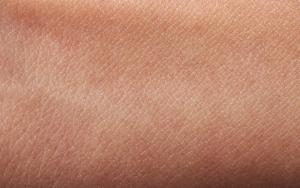
Published: March 11th 2024 | Updated:
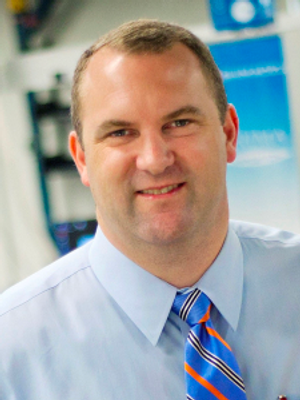
Published: October 25th 2023 | Updated:

Published: December 13th 2024 | Updated:

Published: April 2nd 2024 | Updated:

Published: October 28th 2024 | Updated:

Published: October 9th 2023 | Updated: